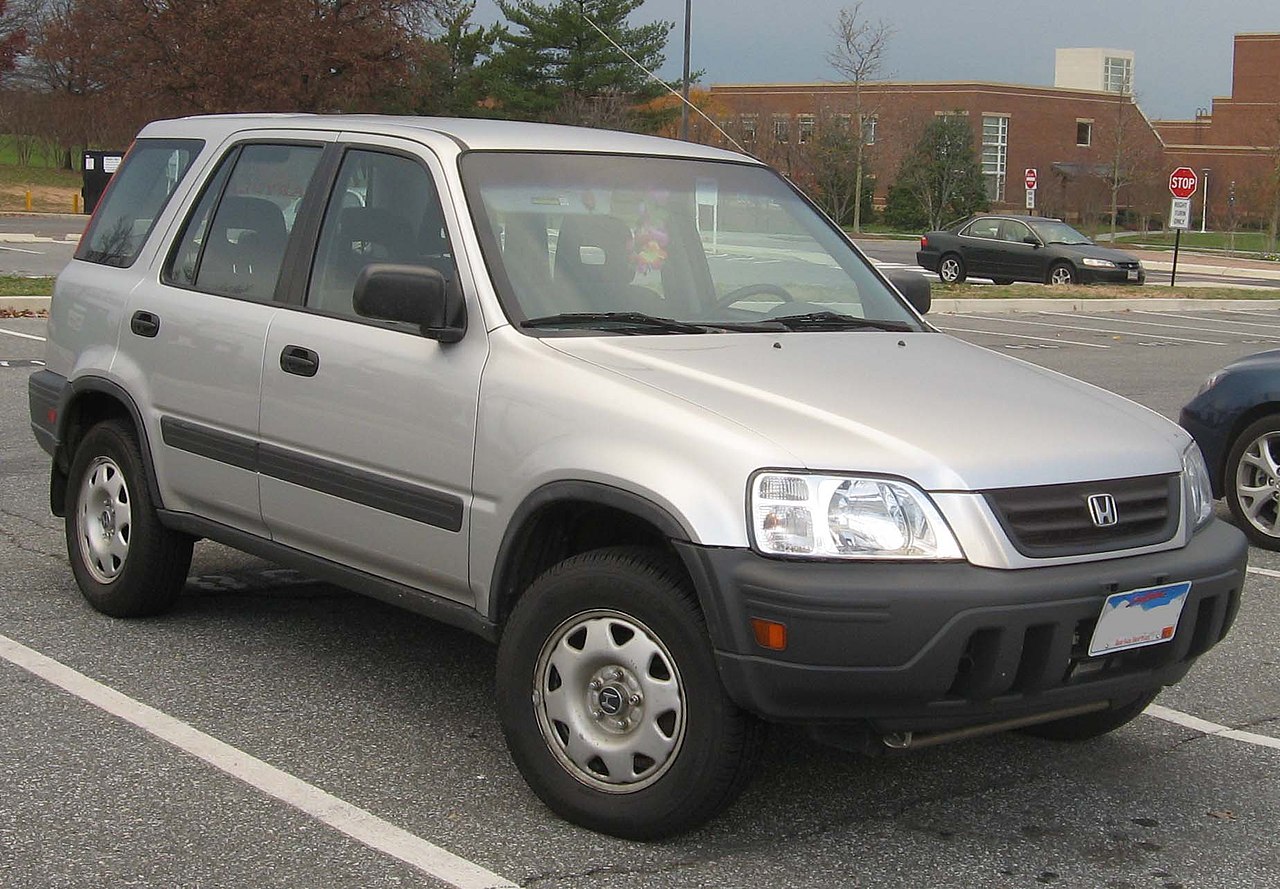yep, the 2016.5 CX-5 and all previous years the BSM works well, sometimes though it would light up if it senses an obstruction like a parked car or guard rail.....
Mazda over-corrected this in the 2016+ CX-9 , see video below ,
not sure if this over-correction got carried over to the 2017 CX-5's , I hope not, haven't heard any complaints so far
in the video..... a car is in their right lane but it didn't light up because they just passed it, it's part of the Mazda correction to eliminate the false lights from previous models that would light up for parked cars or high way guardrails,
but to me it's an over correction,
it should light up if something is there period.



